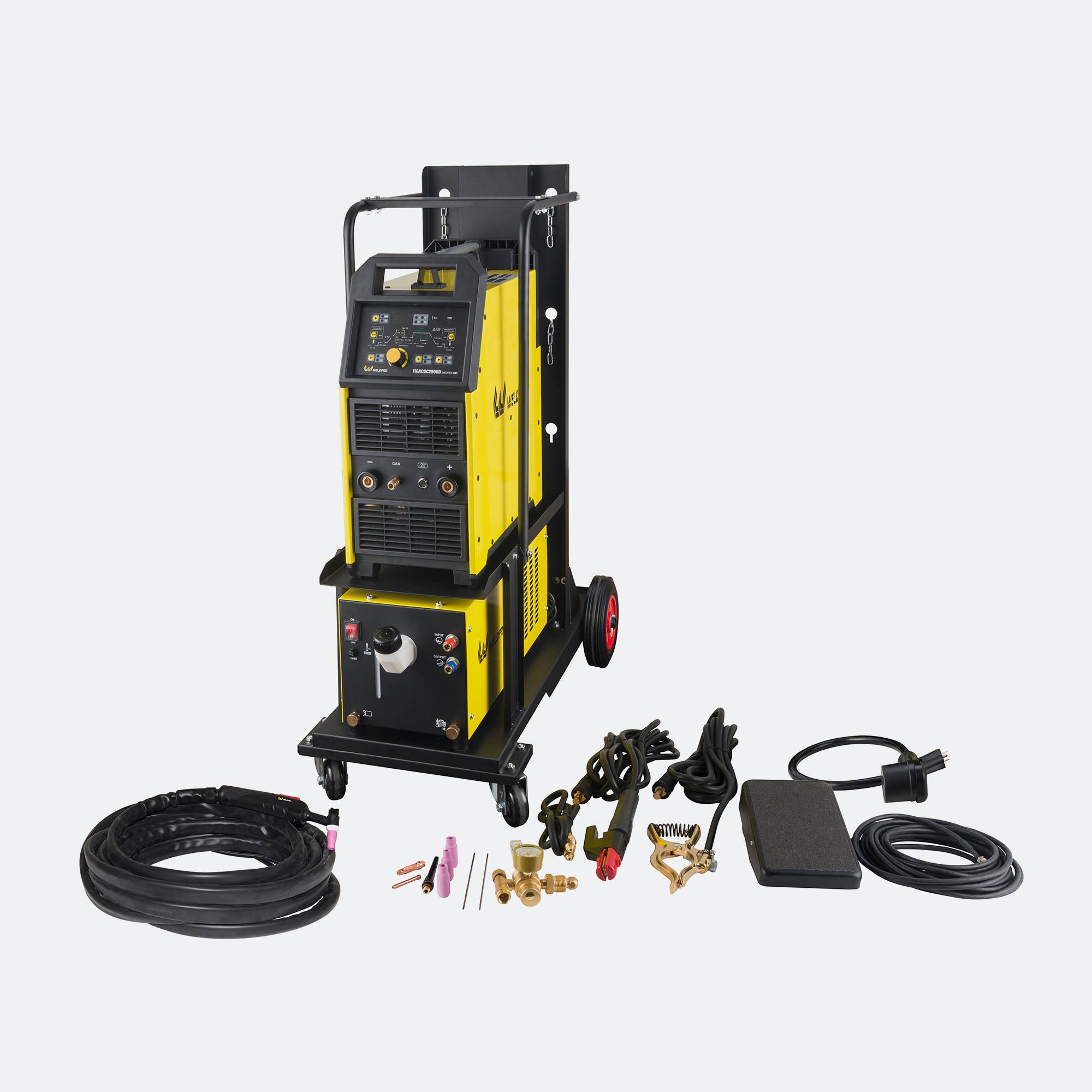 Where To Buy
Where To Buy  Sign In
Sign In-
Cart
Loadding...
In recent years, the welding industry has witnessed significant advancements in the design of welding equipment, focusing strong
In recent years, the welding industry has witnessed significant advancements in the design of welding equipment, focusing strongly on safety and efficiency. These trends are driven by the need to improve workplace conditions and productivity while meeting evolving industry standards. Among the many technologies shaping the welding field, devices such as the IGBT plasma cutter and the IGBT Inverter Non-High Frequency Plasma Cutting Machine have become increasingly prominent. These tools exemplify how innovations in power control and cutting precision contribute to safer and more efficient welding operations.
One of the main priorities in modern welding equipment design is enhancing operator safety. Welding and cutting processes inherently involve high temperatures, intense light, and potentially harmful fumes. To address these risks, manufacturers are integrating advanced electrical control systems, such as those found in the IGBT Inverter Non-High Frequency Plasma Cutting Machine. This equipment uses insulated-gate bipolar transistor (IGBT) technology, which allows for precise control over electrical currents, reducing the risk of electrical faults and overheating. By managing power delivery more effectively, these machines provide a stable cutting arc with less spatter, fewer hazards around the work area.
The IGBT plasma cutter is another example of this safety-centric design approach. Traditional plasma cutters operated on less refined electrical controls, which sometimes led to unpredictable arcs and increased operator fatigue due to erratic performance. The introduction of IGBT technology brought better current regulation and improved power efficiency, which not only enhances cutting quality but also reduces exposure to sparks and fumes. Additionally, many IGBT plasma cutter models now come equipped with safety features such as automatic shutdown during idle periods and advanced thermal protection systems, which help prevent accidents caused by overheating.
Efficiency is equally critical in the evolution of welding equipment. Time is a crucial factor in manufacturing and construction, and equipment downtime or slow operation can advance to substantial losses. The IGBT Inverter Non-High Frequency Plasma Cutting Machine contributes to improved efficiency by offering rapid startup times and consistent cutting performance. Unlike older models that required warm-up periods or manual adjustments, these machines provide instant arc ignition and stable output throughout the cutting process. This capability reduces the need for rework and material waste, ultimately enhancing overall productivity.
Moreover, the design of the IGBT plasma cutter often focuses on portability and ease of use, which are important for tasks performed in varied environments. Lighter and more compact than many traditional cutters, these devices allow operators to perform precise cuts in tight or hard-to-reach spaces without compromising power. This mobility reduces setup time and simplifies workflow, which in turn improves project turnaround. Many units also feature intuitive digital interfaces, enabling welders to adjust settings quickly and accurately, further streamlining the cutting process.
Another trend related to safety and efficiency is the reduction of electromagnetic interference (EMI) and noise, which is particularly relevant to plasma cutting machines. The IGBT Inverter Non-High Frequency Plasma Cutting Machine is designed to produce fewer electromagnetic disturbances that can affect other sensitive equipment nearby. By operating without high-frequency start circuits, these machines reduce the risk of electrical interference, creating a safer and more stable working environment. This feature is especially valuable in settings where multiple electronic devices are in use, such as automotive assembly lines or shipyards.
Maintenance requirements also play a role in safety and efficiency. Equipment that requires frequent or complicated maintenance can advance to longer downtimes and an increased risk of malfunction. The IGBT plasma cutter typically incorporates modular components and self-diagnostic features that simplify troubleshooting and repair. Easy access to consumables and wear parts means operators can perform routine maintenance without extensive delays, keeping the equipment in reliable working order and reducing the chance of accidents caused by unexpected failures.
In summary, the integration of advanced technology in modern welding equipment design has led to notable improvements in both safety and efficiency. Tools such as the IGBT plasma cutter and the IGBT Inverter Non-High Frequency Plasma Cutting Machine illustrate how developments in electrical control and machine design are transforming the welding industry. These devices provide stable, efficient cutting performance while incorporating safety features that protect operators and reduce workplace risks. As industries continue to adopt these technologies, the focus on creating safer and more productive welding environments is expected to drive further innovation in equipment design.
Subscribe to Our Newsletter!